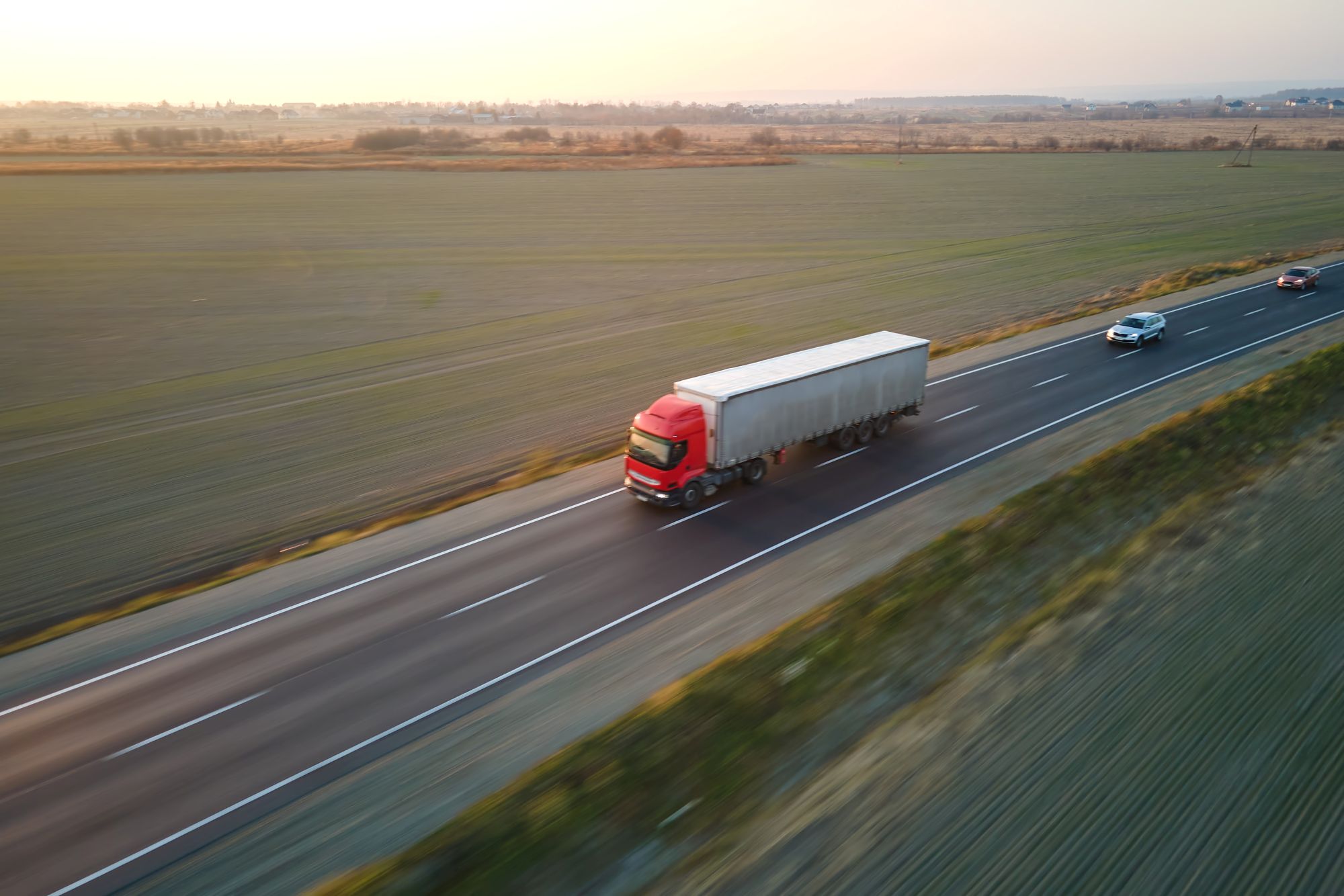
Susie Jones
Que signifie l'extension du réseau ferroviaire d'Inverness pour l'industrie de la mobilité ?
Créée: 07/07/2025
•
Mise à jour : 07/07/2025
En juin, le feu vert a été donné à des projets visant à réduire le trafic de poids lourds au profit du fret ferroviaire à l'"usine de nuages" (fabrication de panneaux de bois West Fraser) près d'Inverness. Cette expansion permettra de retirer [40 000 poids lourds] (https://www.pressandjournal.co.uk/fp/news/inverness/6782240/inverness-timber-factory-railyard-expansion/#:~:text=Plans%20to%20ease%20lorry%20traffic,site%20in%20the%20coming%20years.) de l'A96 chaque année. Nous examinons l'impact que cela aura sur le secteur du transport routier.
Quels sont les projets ?
Les plans se dérouleront en deux phases, toutes deux destinées à développer les services de fret ferroviaire afin de créer un avenir opérationnel durable.
La première phase devrait être achevée l'année prochaine et permettra de retirer 20 000 poids lourds des routes chaque année.
La deuxième phase vise à supprimer 40 000 poids lourds, soit l'équivalent de 60 % du trafic actuel de poids lourds chaque année. Cette phase sera achevée d'ici 2028.
La poursuite de l'expansion de la phase 2 permettra à d'autres entreprises des environs d'Inverness d'utiliser leurs installations ferroviaires pour le fret.
Réduction du transport routier de marchandises
En raison de l'expansion du fret ferroviaire, l'industrie verra sans aucun doute une réduction du transport routier de marchandises dans cette région. Les changements correspondent à environ [54 trajets de camions en moins par jour] (https://www.reddit.com/r/Scotland/comments/1diopz7/invernessshirewoodpanelmanufacturerplans_to/), ce qui allège la pression sur l'A96.
Bien que les entreprises de transport constatent une baisse de la demande de transport de bois sur de longues distances, elles verront une augmentation des mouvements de poids lourds plus courts, sur le dernier kilomètre, tels que la collecte de bois pour le transport vers le quai de déchargement. Le secteur pourrait également connaître une croissance des fonctions de logistique ferroviaire, telles que la coordination du chargement entre les camions et les trains.
Une industrie plus verte
En 2022, [1,64 milliard de tonnes de marchandises] (https://www.gov.uk/government/statistics/domestic-road-freight-statistics-july-2021-to-june-2022/domestic-road-freight-statistics-july-2021-to-june-2022) ont été transportées par des poids lourds au Royaume-Uni, ce qui représente environ 156 millions de trajets de poids lourds. Le secteur de la mobilité est depuis longtemps l'une des principales sources d'émissions de gaz à effet de serre dans l'Union européenne. En 2022, il a émis [73,2 %] (https://www.eea.europa.eu/en/analysis/indicators/greenhouse-gas-emissions-from-transport) des émissions de gaz à effet de serre du secteur des transports en Europe. Malgré ce chiffre élevé, le secteur a progressé lentement dans la réduction de ses émissions. Le passage au rail de la "Cloud Factory" devrait permettre de réduire les émissions de CO2 d'environ [9 000 tonnes par an] (https://www.pressandjournal.co.uk/fp/news/inverness/6782240/inverness-timber-factory-railyard-expansion/#:~:text=Plans%20to%20ease%20lorry%20traffic,site%20in%20the%20coming%20years.). Il s'agit d'un petit pas, mais important, dans la bonne direction, pour faciliter la transition du secteur vers le zéro émission net d'ici 2050.

Qu'est-ce que cela signifie pour le secteur du transport routier ?
Bien que beaucoup considèrent ce changement comme négatif, le secteur du transport routier pourrait en tirer profit.
Services de transport de la route au rail :
Les marchandises devront toujours être transportées de la route au réseau ferroviaire, ce qui offre aux transporteurs une nouvelle opportunité de proposer ce service spécialisé. Dans la région, les entreprises de transport pourraient se charger des livraisons de bois et du fret intermodal.
West Fraser elle-même a estimé que le changement entraînerait probablement une augmentation du nombre de poids lourds à destination et en provenance du site.
S'adapter et investir :
À mesure que le secteur évolue vers une plus grande intégration ferroviaire, les entreprises de transport doivent s'adapter rapidement et investir davantage.
Les flottes passeront des camions de transport de bois sur de longues distances à des trajets spécialisés sur de courtes distances.
L'investissement dans des équipements spécialisés peut s'avérer essentiel pour le chargement des conteneurs.
Les partenariats avec les opérateurs ferroviaires et les gestionnaires de gares de triage pourraient avoir un impact positif sur les entreprises de transport.
Vous cherchez un parking près d'Inverness ?
SNAP propose des places de stationnement dans tout le Royaume-Uni et en Europe. Utilisez la [carte SNAP] (https://snapacc.com/map/) ou téléchargez [intruck] (https://intruckapp.com/) pour trouver votre place dès aujourd'hui.



